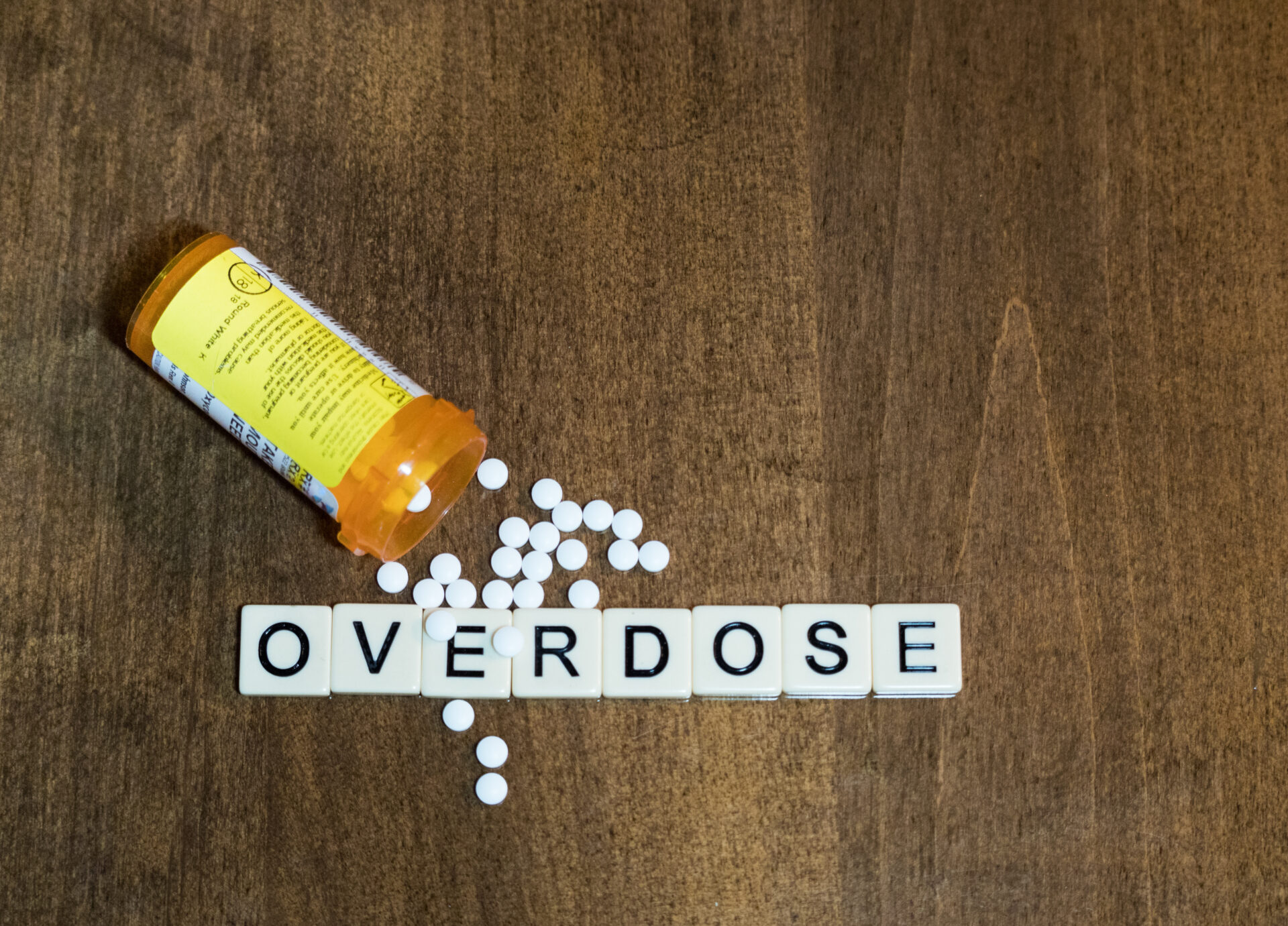West Virginia’s overdose mortality rate is so high it qualifies the state for more federal funding to fight the opioid crisis.
According to recent provisional data from the Centers for Disease Control and Prevention (CDC), national drug overdoses fell by 3 percent from 2022 to 2023. During that same period, West Virginia’s opioid overdose rate rose 1.34 percent.
Because of that, West Virginia is eligible for nearly $46 million in federal aid from the U.S. Department of Health and Human Services’ (HHS) Substance Abuse and Mental Health Services Administration (SAMHSA) to fight the opioid crisis through its State Opioid Response (SOR) program.
Sen. Shelley Moore Capito, R-W.Va., announced Friday that she authored the appropriations language to prioritize states hardest hit by the opioid epidemic.
“In our battle against the addiction crisis, we must continue to connect West Virginia’s substance use and prevention organizations with the resources they need,” Capito said. “That’s why through my role on the Appropriations Committee — and now as the top Republican of the Labor-HHS Appropriations Subcommittee — I have worked hard to make sure our state has the resources it needs to combat the crisis, including creating new solutions like the measure I authored to prioritize funds for states hardest hit by the crisis. This funding opportunity can open more doors to help West Virginia overcome the challenge drugs, especially deadly opioids like fentanyl, pose in our communities.”
Previously, funds were distributed by population. Capito’s language sets aside 15 percent for states with the highest mortality rates from opioid use.
SAMHSA SOR funding includes resources to expand access to opioid overdose reversal medication, increase focus on support services for teens and young adults, expand access to medications for opioid use disorder in correctional settings and emphasize the importance of treating an individual’s physical and mental health.
The U.S. Department of Health and Human Services reports, 78 percent of people who received treatment through SOR said they did not use illicit drugs at their six-month follow-up.
Appalachia Health News is a project of West Virginia Public Broadcasting with support from Marshall Health.
